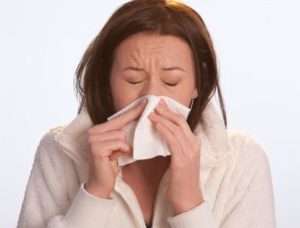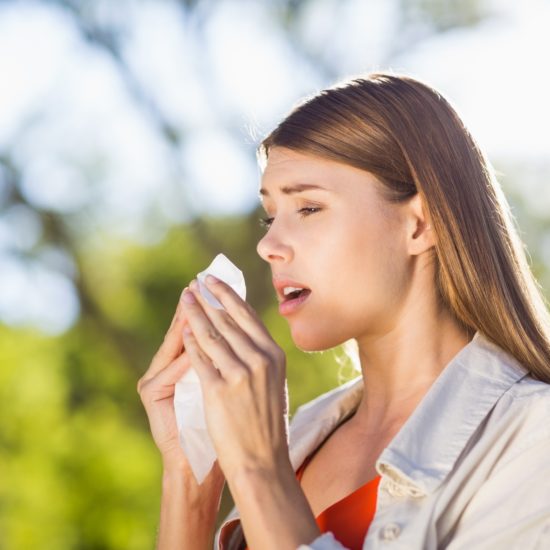5 Things you Didn’t know About a Sneeze

1. The scientific name for sneezing is Sternutation – sneezing occurs when something tickles the lining of the nose. The nerves in the nose lining send a signal to the brain, which initiates a chain of messages to other parts of the body – chest, face, eyelids, abdomen, mucus glands, and the sphincter. All these parts work to expel the thing irritating your nose. When we sleep, the nerves are at rest which explains why its impossible to sneeze while sleeping.
2. There are lots of things that make us sneeze – Things like dust and pollen allergies and pepper are considered the most common sneeze triggers, but they aren’t the only triggers. Strong smells and changes in temperature can make us sneeze too. Sometimes, plucking your eyebrows can trigger a sneeze because of the nerve stimulation in an area close to the nose. One in three people sneeze when they go out into the sunlight. There is also a gene that causes multiple consecutive sneezing in some people that happens after eating a big meal.
3. You can’t sneeze with your eyes open – Scientists still don’t understand why our eyes shut when we sneeze. Some people believe that its an adaptation that protects our eyes from the particles that leave the mouth and nose during a sneeze. Others believe its another muscle contraction that takes place during a sneeze. Even though a sneeze doesn’t cause an extremely high enough amount of pressure behind the eyes, I still believe that your eyes close during a sneeze so that your eyeballs don’t fly out.
4. A sneeze travels fast – A single sneeze can travel up to 100km/h. The particles that come out when we sneeze can reach up to 5 feet beyond your body. This fact makes it more important to cover our faces and reach for the hand sanitizer when we sneeze. This will help to prevent spreading a cold or flu virus to others. The bacteria that diffuses into the air after a sneeze can spread up to 150 feet away meaning that we can be walking through a persons sneeze without even noticing it.
5. In Nebraska, USA it is against the law to burp or sneeze in a church – That one speaks for itself.
Also Read
Seasonal Allergies: What You Should Know
Top 3 Reasons for Your Headache
Eye Problems: Symptoms and Causes
Indoor allergies: Could your house be making you sick?
Beating Springtime Allergies



